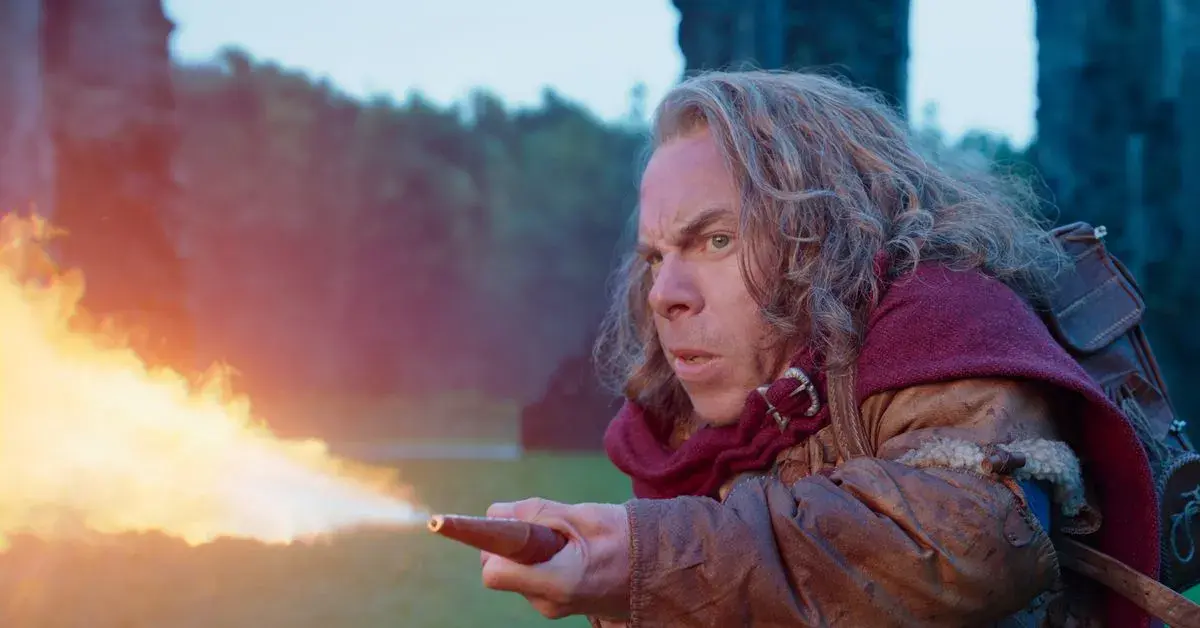Would you all explain to me how removing content we expect to have access to is a “cost savings” measure?
The following is from the Willow Wikipedia page, which led me to the linked URL:
The series was removed from Disney+ on May 26, 2023, amidst a Disney+ and Hulu content removal purge as part of a broader cost cutting initiative under Disney CEO Bob Iger.
I’ve been abroad for a month and earned some time off afterwards. One of my kids reminded me that we never finished Willow, so I said “let’s do it now!” The show wasn’t perfect for many reasons, but I wanted to finish it for nostalgia’s sake and my child legit found it interesting. Lo and behold, the series isn’t on Disney+ any more!
A quick search later, I see the above referenced quote linking to the article associated with this post… which only made things worse. The Mysterious Benedict Society was something my whole family could watch and enjoy without arguments! Turner and Hooch was dorky, but something my youngest loved and it was a super safe and easy pick for us bond over.
This post isn’t about whether the shows are good. And it isn’t about how nearly every show I like ends up cancelled. The point is that I paid for access, they were then quietly removed (for various platforms), and I have zero understanding as to how this saves these companies money.
Would someone explain?
P. S. Yes, I know this is old news. However, this is just how I am. I’m not up to date with anything in the entertainment world. I intentionally wait a few seasons for things because I loath when shows are cancelled after a season. (I’m looking at you, Firefly.) I’m the same way with books, often waiting to read a trilogy after its published because I don’t like the wait in between books. (Thanks, Rothfuss).
I just don’t take cancellation wells, especially when I was on top of everything including summer podcasts and such. (Now anything with the names Abrams, Lindelof, or Cuse makes my skin crawl.)
I know. I’m weird and stuff.



Let’s take three shows.
Show 1 is wholly owned by the service and their music and other licensing costs them 100 dollars a month no matter how many people watch it. Minimal residuals and the only real cost is the streaming so they will never drop it unless another device wants to pay them more than it adds value to their service.
Show two is wholly owned by the device, but their music and licensing costs them 10,000 per month no matter how many people watch it. If not enough people watch it, or just having it doesn’t bring them brand recognition, they might license it to someone else.
Show 3 was funded by the service, but is owned by a separate distributor. To users, it appears to be like shows 1 and 2, but on the back end there might be some licensing issues or other costs that can rise over time that make it less lucrative to the service. So it might be dropped due to costs without anyone picking it up.
A big issues with streaming on thr user’s end is that the arrangements for a show are rarely clear. Like how Netflix branded content is distributed, not developed directly, by Netflix. HBO us similar, with some content licensed and others in house, and you can’t tell the two without knowledge from outside the service.
So when a service drops something that you thought was theirs, it was probably licensed and the licensing was dropped during renegotiation. But in the case of HBO/max the buyout and trashing of content is just a CEO making short term destructive changed to drop well made content in favor of more trash reality TV because that makes more money relative to cost and he doesn’t care about prestige branding
But imagine Willow to be entirely Disney. I imagine the tax benefit of cutting it is the best answer to my question, but hell… gah